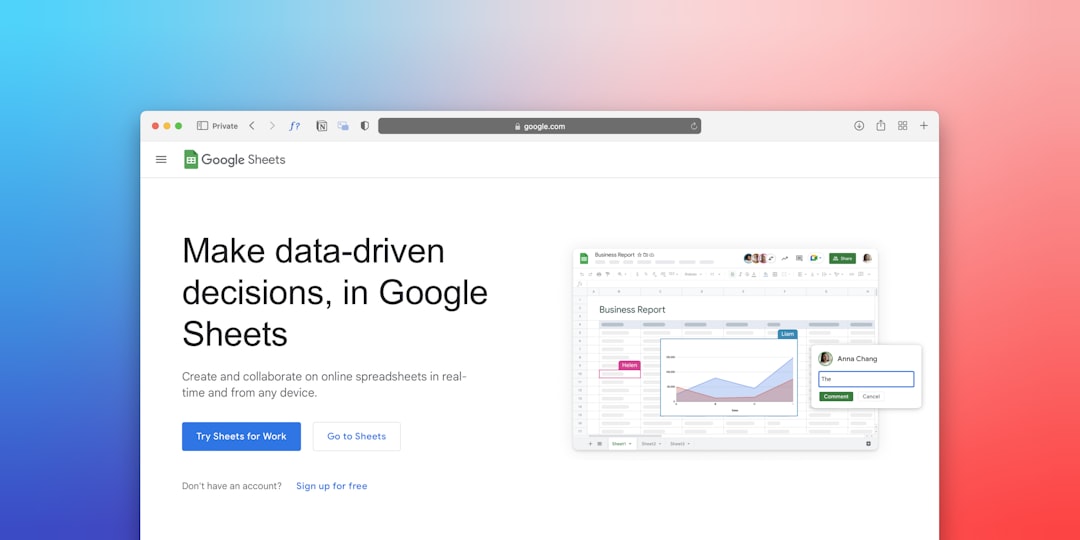In an era where artificial intelligence (AI) and machine learning (ML) models drive everything from self-driving cars to customer service chatbots, the value of high-quality labeled data cannot be overstated. Companies investing in AI often rely on third-party data labeling providers to ensure accurate, reliable training datasets. Among the many players in the data annotation ecosystem, Sama and Scale AI stand out as two of the most prominent. Both claim to offer superior quality control processes—but which one truly delivers on that promise?
This article provides a comprehensive comparison of Sama and Scale AI from a quality control standpoint, examining their methodologies, technologies, workforce models, and client feedback. By the end, you’ll have a clearer view of which company may be better suited to your data labeling needs.
Understanding the Importance of Quality in Data Labeling
Successful AI models are built on accurately labeled data. Poor quality labels can lead to ineffective, biased, or even dangerous AI outcomes. Therefore, companies evaluating data annotation vendors must place a premium on quality control metrics such as:
- Precision and accuracy scores
- Consensus rates among annotators
- Speed of error identification and correction
- Transparency of quality assurance processes
Now let’s examine how Sama and Scale AI measure up in these areas.
Sama: A Human-Centric Approach to Quality
Sama positions itself uniquely in the data labeling space by combining a mission-driven workforce strategy with robust quality assurance protocols. It employs a socially responsible model that hires and trains people from underserved communities, particularly in East Africa and Asia. This human-first approach extends to their quality control mechanisms.
Here’s how Sama ensures high data labeling quality:
- Multi-tiered Quality Control (QC): Sama uses a multilayered review process where tasks are double-checked manually in addition to being reviewed by automated systems.
- Training and Certification: Annotators undergo extensive training and certification programs specific to the models they are labeling data for.
- Specialized Annotation Teams: Simple and complex tasks are handled by different teams, ensuring that expert workers provide feedback on high-priority datasets.
- In-Platform Feedback: Feedback loops between clients and annotators occur in real-time, enabling rapid issue identification and resolution.
Sama also provides transparent reporting on QC metrics and invites clients to customize quality thresholds per project.

Scale AI: Automation + Speed, But at What Cost?
Scale AI follows a more tech-intensive strategy, blending automation with crowd-sourced annotators in an attempt to rapidly scale data labeling efforts. The company has gained substantial traction with major corporations and government agencies, often promising fast turnaround and scalability.
When it comes to quality, Scale AI’s methods include:
- Heuristic and ML-Based QC: Automated systems are employed to identify and flag anomalous annotations for human review.
- Worker Ratings and Performance Scores: Annotators are continuously scored, with poor performers being de-prioritized or removed from tasks.
- Hybrid Annotation Models: Use of AI-assisted pre-labeling that human workers then verify or adjust, designed to improve speed without sacrificing accuracy.
- Managed Workforce: Clients can opt for managed annotation teams for sensitive or complex tasks, ensuring a degree of consistency and oversight.
However, the automated-first approach sometimes raises questions about the depth and nuance of human verification, especially for datasets requiring contextual or cultural understanding.
Comparative Analysis: Sama vs Scale AI
To better understand their strengths and weaknesses, let’s look at a side-by-side comparison focusing on quality control dimensions.
| Quality Factor | Sama | Scale AI |
|---|---|---|
| Annotation Accuracy | High, verified via manual review processes and training | High, supported by automation and performance metrics |
| Transparency | Detailed QC reporting, customizable per client | Some transparency, varies by project level |
| Human Oversight | Strong, especially for complex and sensitive tasks | Moderate, depends heavily on automation unless managed teams are used |
| Error Correction Time | Quick due to real-time feedback and close annotator-client alignment | Dependable, but may face delays due to automated triage |
| Workforce Model | Mission-driven, dedicated teams | Crowd-sourced with managed team options |

What Do Users Say?
Feedback from clients often offers insights not found in marketing materials or technical documentation. Sama clients generally appreciate the company’s alignment with ethical sourcing and refined human verification processes. These users often cite lower error rates and stronger accountability in delivering nuanced annotations, such as those found in medical or retail-related datasets.
On the other hand, Scale AI’s clients frequently praise the platform’s ability to handle massive data labeling volumes in short timelines. While some express concerns about errors slipping through automated systems, others note that managed workforce options provide a suitable balance between speed and accuracy when required.
Governance and Compliance
Leading companies must ensure their labeled data complies with industry standards and governance regulations like GDPR, HIPAA, or ISO certifications. Sama proudly holds a range of international certifications and adheres to rigorous data privacy rules, often hosting data in regions compliant with regulations.
Scale AI also complies with key regulations and has the infrastructure to support enterprise-grade security. However, its reliance on crowd-sourced labor can complicate governance and oversight unless a fully managed option is stipulated.
Use Case Specificity
Neither vendor is universally superior; rather, performance often hinges on the needs of the specific use case:
- For highly sensitive or complex data such as facial recognition, speech-to-text transcription, or autonomous driving data, Sama’s human-in-the-loop model may provide stronger guardrails against errors and ethical concerns.
- For tasks demanding high volume and speed like tagging product images at scale or generating meta tags for eCommerce, Scale AI’s hybrid AI-human model holds its ground effectively.
Final Verdict: Which One Excels in Quality?
Both Sama and Scale AI bring significant value to the AI data ecosystem, but their approaches to quality control differ fundamentally. Sama leans into a human-first, ethics-driven strategy emphasizing accountability and manual review. This makes it well-suited for projects where quality, compliance, and cultural understanding are non-negotiable.
Scale AI, conversely, offers a technology-accelerated solution that optimizes for speed and operational scale. If your team requires fast deployments at significant data volumes, with managed team options available as needed, Scale AI could be the better fit.
In summary, choose Sama if your priority is:
- High annotation accuracy
- Transparent quality metrics and client collaboration
- Ethical sourcing and socially responsible data labeling
Opt for Scale AI if your priority is:
- Fast, high-volume data labeling
- Integration of automation and ML tooling
- Flexible team configurations for different labeling tasks
The decision ultimately boils down to your goals, data sensitivity, budget, and timeline. Either way, ensuring that your chosen partner embraces strong quality control practices is essential to the success of any AI initiative.

